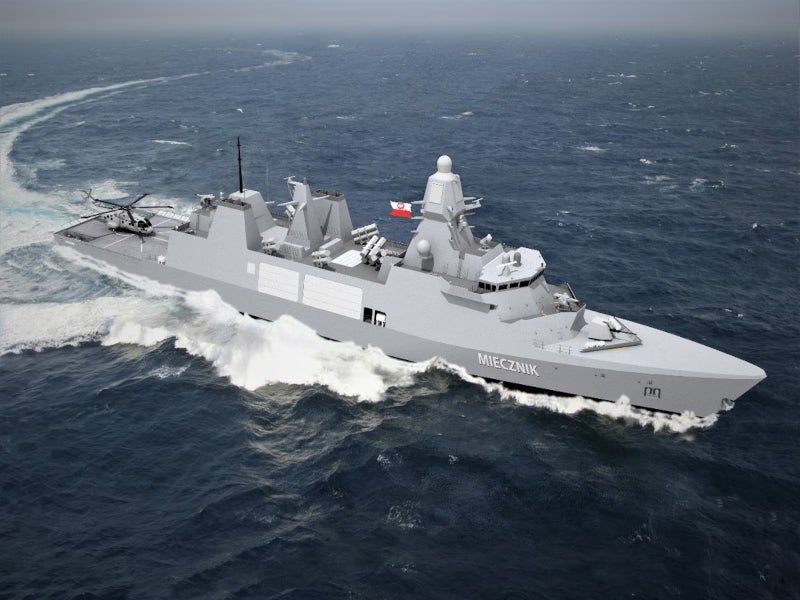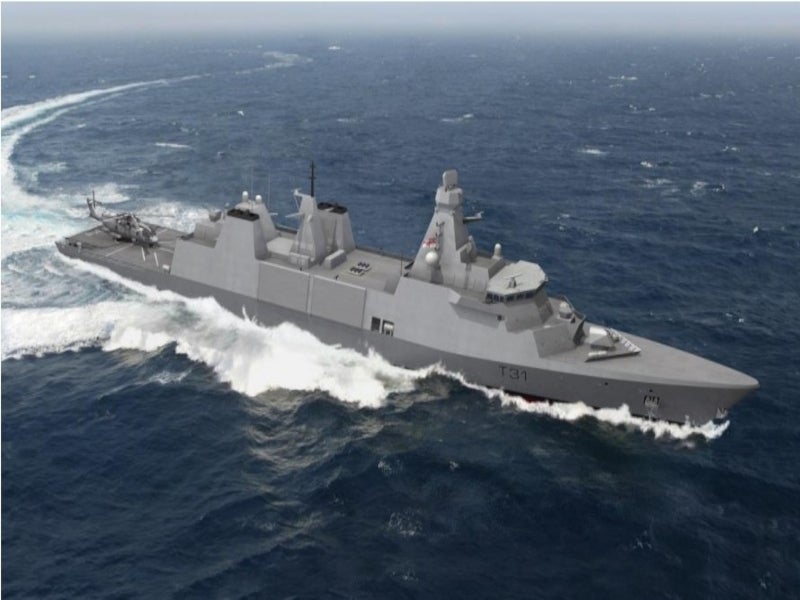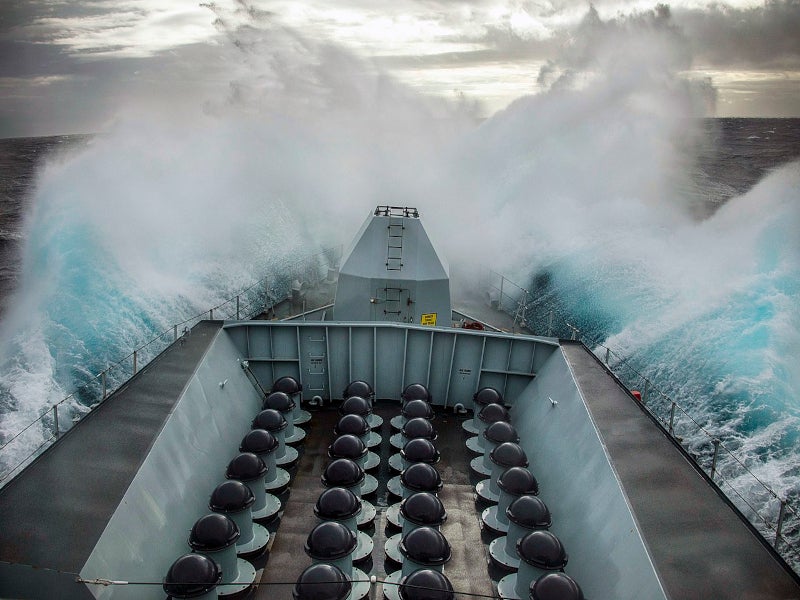MIECZNIK is a class of multi-role frigates being built by the Polska Grupa Zbrojeniowa (PGZ)-Miecznik consortium and the Armament Inspectorate under the Miecznik (Swordfish) programme, which is a strategic initiative aimed at modernising the Polish Navy’s fleet.
The programme is set to bolster Poland’s defence industry and contribute to the North Atlantic Alliance. It includes the delivery of three state-of-the-art frigates.
In July 2021, the PGZ-Miecznik consortium was contracted to design, construct, and deliver three frigates with an Integrated Combat System from 2021 to 2034. The consortium comprises the state-owned defence company PGZ and the Polish shipyards PGZ Stocznia Wojenna and Remontowa Shipbuilding.
The total value of the Miecznik programme, including the fire control systems and logistics package, is approximately zl8bn (approximately $1.9bn), making it the largest contract in the history of the Polish defence industry.
The vessels will provide the Polish Navy with new operational capabilities, essential to carry out a wide range of activities at sea.
The steel-cutting ceremony for the first vessel marking the commencement of construction took place at the PGZ Shipyard in Gdynia in 2023 while the keel-laying ceremony took place in January 2024. It is expected to enter service with the Polish Navy in 2029.
The Miecznik (Swordfish) programme is expected to conclude in 2032.
MIECZNIK-class frigates development details
Babcock, a UK-based defence company, received two new contracts related to Poland’s Miecznik (Swordfish) frigate programme in September 2022.
The two contracts, named Class Design Contract and the Transfer of Knowledge & Technology (TOKAT) framework agreement, are part of the collaboration between the UK and Poland. They aim to support the programme’s ongoing development and improve shipbuilding capabilities in Poland.
The Class Design contract involves creating design documents for the MIECZNIK frigate and submitting them for approval. Babcock shared its technology and expertise with Polish partners, including human resources development, staff training, and support for infrastructure upgrades, under the TOKAT framework contract.
Babcock concluded a design licence agreement in October 2023 with the PGZ-Miecznik consortium, enabling them to construct three frigates for the Polish Navy.
MIECZNIK class frigates details
The MIECZNIK class frigates, based on the Arrowhead-140PL design, are intended for a wide array of tasks, including securing sea lines of communication and critical infrastructure.
The vessels will be 138m long, 20m wide, and 10m high, with a displacement of approximately 7,000t. They will accommodate between 100 and 120 personnel and have an operational endurance of 30 days at sea without replenishment.
They can achieve a maximum speed of 28 knots and will have a range of 8,000nm.
Technology details of the MIECZNIK class frigates
The frigates will be equipped with Thales’ TACTICOS combat management system, sonars, infrared sensors and radars to provide comprehensive capabilities for detection, identification, command and control, and decision-making.
The sonar suite will include the BlueHunter hull-mounted sonar and Captas-2 towed-array sonar, offering a comprehensive multi-sensor evaluation of the underwater environment.
The vessels will be integrated with two complementary radars including the SM400 Block 2 and NS50 radar.
The SM400 Block 2 is a multifunction S-Band radar engineered to perform long-range air and surface surveillance, helicopter control, and weapon control functions concurrently. It has a range extending up to 400km.
The NS50 radar, in conjunction with the TSA 6000 IFF1 interrogator, enhances overall protection by delivering advanced capabilities in air and surface detection, tracking, and classification.
Additionally, the vessel will be equipped with an ARTEMIS infrared search and track system and STIR 1.2 EO Mk2 fire control radar.
Armaments aboard
The vessels will be armed with the Sea Ceptor naval air defence system, which is capable of safeguarding naval vessels against air and surface threats such as supersonic anti-ship missiles and unmanned surface vessels.
They will also feature the VLS Mk-41 missile launchers and the new common anti-air modular missile (CAMM)-MR missiles, complementing CAMM and CAMM-ER within the integrated air and missile defence (IAMD) capabilities of the Miecznik programme.
A 76mm medium-calibre OTO Melara Super Rapid Strales cannon and two 35mm OSU-35K guns, which utilise programmable ammunition, will also be part of the armament.
Furthermore, the vessels will be fitted with remotely operated weapons modules that include large-calibre machine guns, as well as manually operated large-calibre machine guns. The torpedo arsenal will consist of two sets of twin torpedo tubes.
Contractors involved
Thales, a defence company based in France, as the main technology provider, was contracted by PGZ to deliver the combat management system and associated sensors in October 2023.
MBDA, a France-based missile manufacturing company, will supply the Sea Ceptor naval air defence system along with CAMM missiles and launchers for the vessels.
OSI Maritime Systems, a Canadian navigation solutions provider, has been awarded a contract to deliver three Integrated Navigation & Bridge Systems (INBS) for the frigates.




